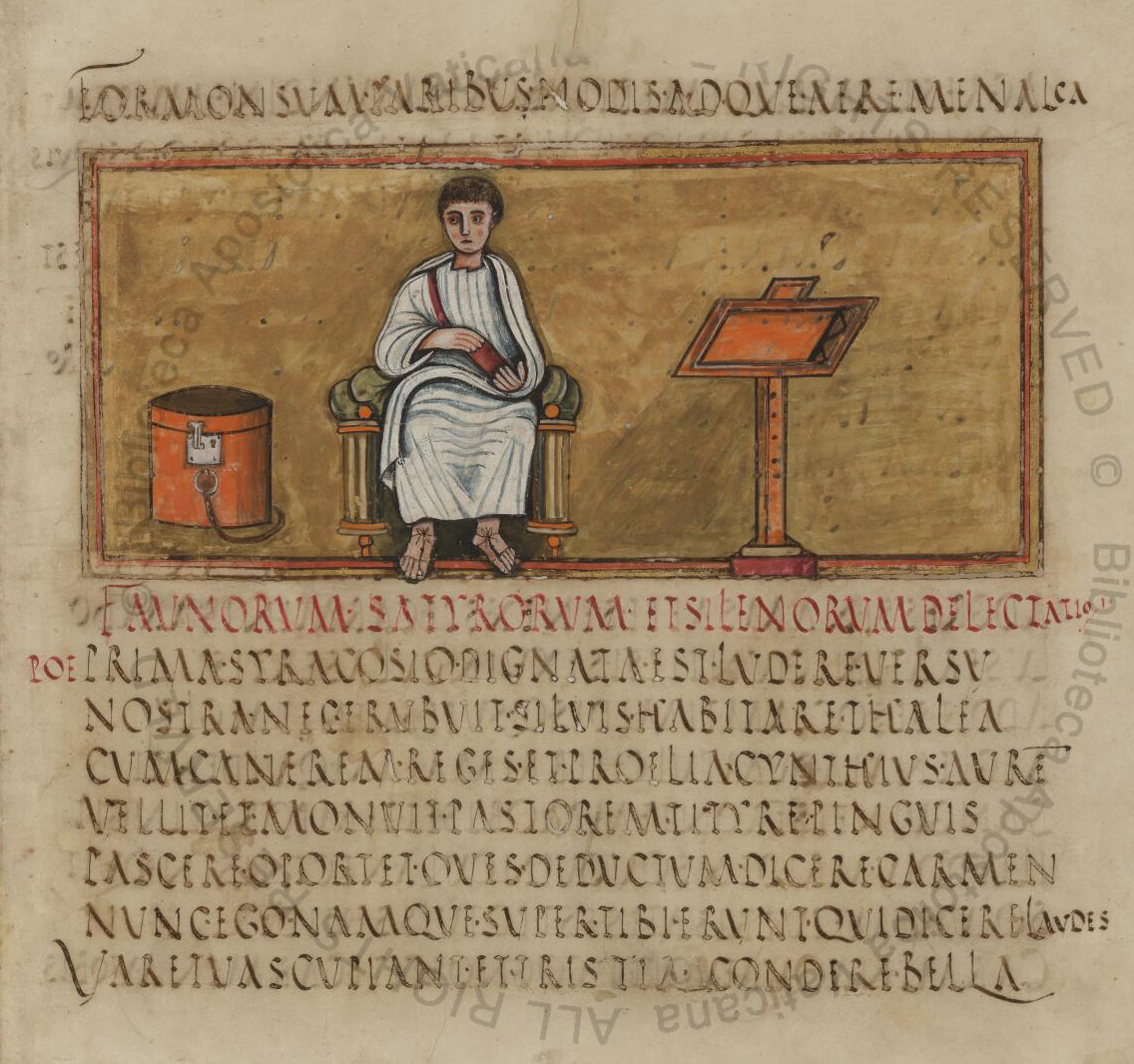|
Instincts Of The Herd In Peace And War
''Instincts of the Herd in Peace and War'' is the title of an influential book by English surgeon Wilfred Trotter, published in 1916. Based on the ideas of Gustave Le Bon, it was very influential in the development of group dynamics and crowd psychology, and the propaganda of Edward Bernays. Quotes From ''Instincts of the Herd in Peace and War'' (1942 ed., pg. 90): * "It has already been pointed out how dangerous it would be to breed man for reason — that is, against suggestibility. The idea is a fit companion for the device of breeding against “degeneracy”. The degenerate — that is, the mentally unstable – have demonstrated by the mere fact of instability that they possess the quality of sensitiveness to feeling and to experience, for it is this which has prevented them from applying the remedy of rationalization or exclusion when they have met with experience conflicting with the herd suggestion." * "It is interesting to notice that in discussing the mechanism of psy ... [...More Info...] [...Related Items...] OR: [Wikipedia] [Google] [Baidu] |
Wilfred Trotter
Wilfred Batten Lewis Trotter, FRS (3 November 1872 – 25 November 1939) was an English surgeon, a pioneer in neurosurgery. He was also known for his studies on social psychology, most notably for his concept of the herd instinct, which he first outlined in two published papers in 1908, and later in his famous popular work ''Instincts of the Herd in Peace and War'', an early classic of crowd psychology. Trotter argued that gregariousness was an instinct, and studied beehives, flocks of sheep and wolf packs. Life Born in Coleford, Gloucestershire in 1872, Trotter moved to London to attend college at age 16. An excellent medical student, he decided to specialise in surgery and was appointed Surgical Registrar at University College Hospital in 1901 and Assistant Surgeon in 1906. He opened his own practice after obtaining his medical degree. He was also a keen writer, with an interest in science and philosophy. In 1908, he published two papers on the subject of herd mentality, whi ... [...More Info...] [...Related Items...] OR: [Wikipedia] [Google] [Baidu] |
Gustave Le Bon
Charles-Marie Gustave Le Bon (; 7 May 1841 – 13 December 1931) was a leading French polymath whose areas of interest included anthropology, psychology, sociology, medicine, invention, and physics. He is best known for his 1895 work '' The Crowd: A Study of the Popular Mind'', which is considered one of the seminal works of crowd psychology. A native of Nogent-le-Rotrou, Le Bon qualified as a doctor of medicine at the University of Paris in 1866. He opted against the formal practice of medicine as a physician, instead beginning his writing career the same year of his graduation. He published a number of medical articles and books before joining the French Army after the outbreak of the Franco-Prussian War. Defeat in the war coupled with being a first-hand witness to the Paris Commune of 1871 strongly shaped Le Bon's worldview. He then travelled widely, touring Europe, Asia and North Africa. He analysed the peoples and the civilisations he encountered under the umbrella of the ... [...More Info...] [...Related Items...] OR: [Wikipedia] [Google] [Baidu] |
Group Dynamics
Group dynamics is a system of behaviors and psychological processes occurring within a social group (''intra''group dynamics), or between social groups ( ''inter''group dynamics). The study of group dynamics can be useful in understanding decision-making behaviour, tracking the spread of diseases in society, creating effective therapy techniques, and following the emergence and popularity of new ideas and technologies. These applications of the field are studied in psychology, sociology, anthropology, political science, epidemiology, education, social work, leadership studies, business and managerial studies, as well as communication studies. History The history of group dynamics (or group processes) has a consistent, underlying premise: 'the whole is greater than the sum of its parts.' A social group is an entity that has qualities which cannot be understood just by studying the individuals that make up the group. In 1924, Gestalt psychologist Max Wertheimer proposed ‘There are e ... [...More Info...] [...Related Items...] OR: [Wikipedia] [Google] [Baidu] |
Crowd Psychology
Crowd psychology, also known as mob psychology, is a branch of social psychology. Social psychologists have developed several theories for explaining the ways in which the psychology of a crowd differs from and interacts with that of the individuals within it. Major theorists in crowd psychology include Gustave Le Bon, Gabriel Tarde and Sigmund Freud. This field relates to the behaviors and thought processes of both the individual crowd members and the crowd as an entity. Crowd behavior is heavily influenced by the loss of responsibility of the individual and the impression of universality of behavior, both of which increase with crowd size. Origins The first debate in crowd psychology began in Rome at the first International Congress of Criminal Anthropology on 16 November 1885. The meeting was dominated by Cesare Lombroso and his fellow Italians, who emphasized the biological determinates. : "Lombroso detailed before the first congress his theories of the physical anomalies ... [...More Info...] [...Related Items...] OR: [Wikipedia] [Google] [Baidu] |
Propaganda
Propaganda is communication that is primarily used to influence or persuade an audience to further an agenda, which may not be objective and may be selectively presenting facts to encourage a particular synthesis or perception, or using loaded language to produce an emotional rather than a rational response to the information that is being presented. Propaganda can be found in news and journalism, government, advertising, entertainment, education, and activism and is often associated with material which is prepared by governments as part of war efforts, political campaigns, health campaigns, revolutionaries, big businesses, ultra-religious organizations, the media, and certain individuals such as soapboxers. In the 20th century, the English term ''propaganda'' was often associated with a manipulative approach, but historically, propaganda has been a neutral descriptive term of any material that promotes certain opinions or ideologies. Equivalent non-English terms have also la ... [...More Info...] [...Related Items...] OR: [Wikipedia] [Google] [Baidu] |
Edward Bernays
Edward Louis Bernays ( , ; November 22, 1891 − March 9, 1995) was an American theorist, considered a pioneer in the field of public relations and propaganda, and referred to in his obituary as "the father of public relations". His best-known campaigns include a 1929 effort to promote female smoking by branding cigarettes as feminist "Torches of Freedom", and his work for the United Fruit Company in the 1950s, connected with the CIA-orchestrated overthrow of the democratically elected Guatemalan government in 1954. He worked for dozens of major American corporations including Procter & Gamble and General Electric, and for government agencies, politicians, and nonprofit organizations. Of his many books, '' Crystallizing Public Opinion'' (1923) and ''Propaganda'' (1928) gained special attention as early efforts to define and theorize the field of public relations. Citing works of writers such as Gustave Le Bon, Wilfred Trotter, Walter Lippmann, and Sigmund Freud (his own double u ... [...More Info...] [...Related Items...] OR: [Wikipedia] [Google] [Baidu] |
1916 Non-fiction Books
Events Below, the events of the First World War have the "WWI" prefix. January * January 1 – The British Royal Army Medical Corps carries out the first successful blood transfusion, using blood that had been stored and cooled. * January 9 – WWI: Gallipoli Campaign: The last British troops are evacuated from Gallipoli, as the Ottoman Empire prevails over a joint British and French operation to capture Constantinople. * January 10 – WWI: Erzurum Offensive: Russia defeats the Ottoman Empire. * January 12 – The Gilbert and Ellice Islands Colony, part of the British Empire, is established in present-day Tuvalu and Kiribati. * January 13 – WWI: Battle of Wadi: Ottoman Empire forces defeat the British, during the Mesopotamian campaign in modern-day Iraq. * January 29 – WWI: Paris is bombed by German zeppelins. * January 31 – WWI: An attack is planned on Verdun, France. February * February 9 – 6.00 p.m. – Tristan ... [...More Info...] [...Related Items...] OR: [Wikipedia] [Google] [Baidu] |
Books About Propaganda
A book is a medium for recording information in the form of writing or images, typically composed of many pages (made of papyrus, parchment, vellum, or paper) bound together and protected by a cover. The technical term for this physical arrangement is ''codex'' (plural, ''codices''). In the history of hand-held physical supports for extended written compositions or records, the codex replaces its predecessor, the scroll. A single sheet in a codex is a leaf and each side of a leaf is a page. As an intellectual object, a book is prototypically a composition of such great length that it takes a considerable investment of time to compose and still considered as an investment of time to read. In a restricted sense, a book is a self-sufficient section or part of a longer composition, a usage reflecting that, in antiquity, long works had to be written on several scrolls and each scroll had to be identified by the book it contained. Each part of Aristotle's ''Physics'' is called a bo ... [...More Info...] [...Related Items...] OR: [Wikipedia] [Google] [Baidu] |
Books About Crowd Psychology
A book is a medium for recording information in the form of writing or images, typically composed of many pages (made of papyrus, parchment, vellum, or paper) bound together and protected by a cover. The technical term for this physical arrangement is ''codex'' (plural, ''codices''). In the history of hand-held physical supports for extended written compositions or records, the codex replaces its predecessor, the scroll. A single sheet in a codex is a leaf and each side of a leaf is a page. As an intellectual object, a book is prototypically a composition of such great length that it takes a considerable investment of time to compose and still considered as an investment of time to read. In a restricted sense, a book is a self-sufficient section or part of a longer composition, a usage reflecting that, in antiquity, long works had to be written on several scrolls and each scroll had to be identified by the book it contained. Each part of Aristotle's ''Physics'' is called a bo ... [...More Info...] [...Related Items...] OR: [Wikipedia] [Google] [Baidu] |
Books About Social Psychology
A book is a medium for recording information in the form of writing or images, typically composed of many pages (made of papyrus, parchment, vellum, or paper) bound together and protected by a cover. The technical term for this physical arrangement is ''codex'' (plural, ''codices''). In the history of hand-held physical supports for extended written compositions or records, the codex replaces its predecessor, the scroll. A single sheet in a codex is a leaf and each side of a leaf is a page. As an intellectual object, a book is prototypically a composition of such great length that it takes a considerable investment of time to compose and still considered as an investment of time to read. In a restricted sense, a book is a self-sufficient section or part of a longer composition, a usage reflecting that, in antiquity, long works had to be written on several scrolls and each scroll had to be identified by the book it contained. Each part of Aristotle's ''Physics'' is called a bo ... [...More Info...] [...Related Items...] OR: [Wikipedia] [Google] [Baidu] |







